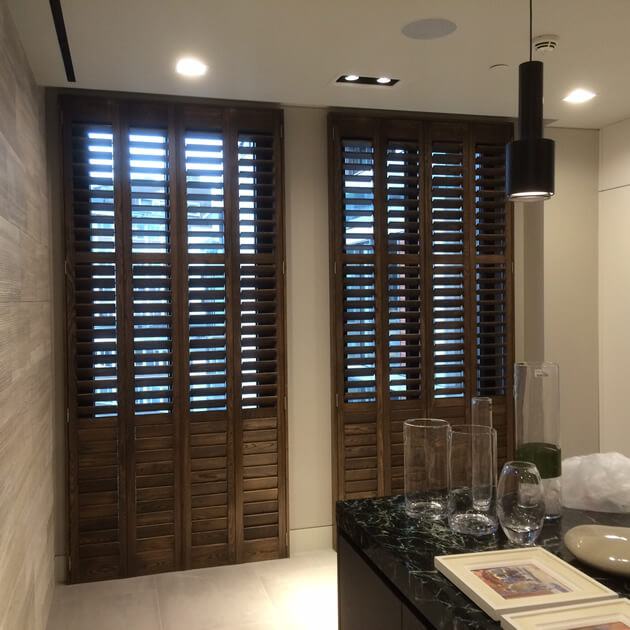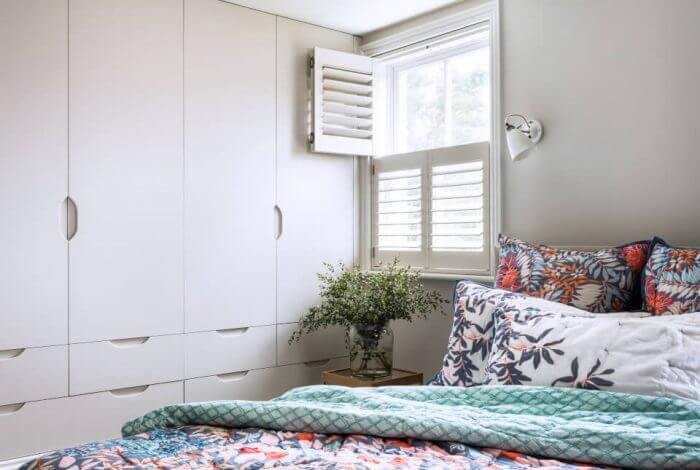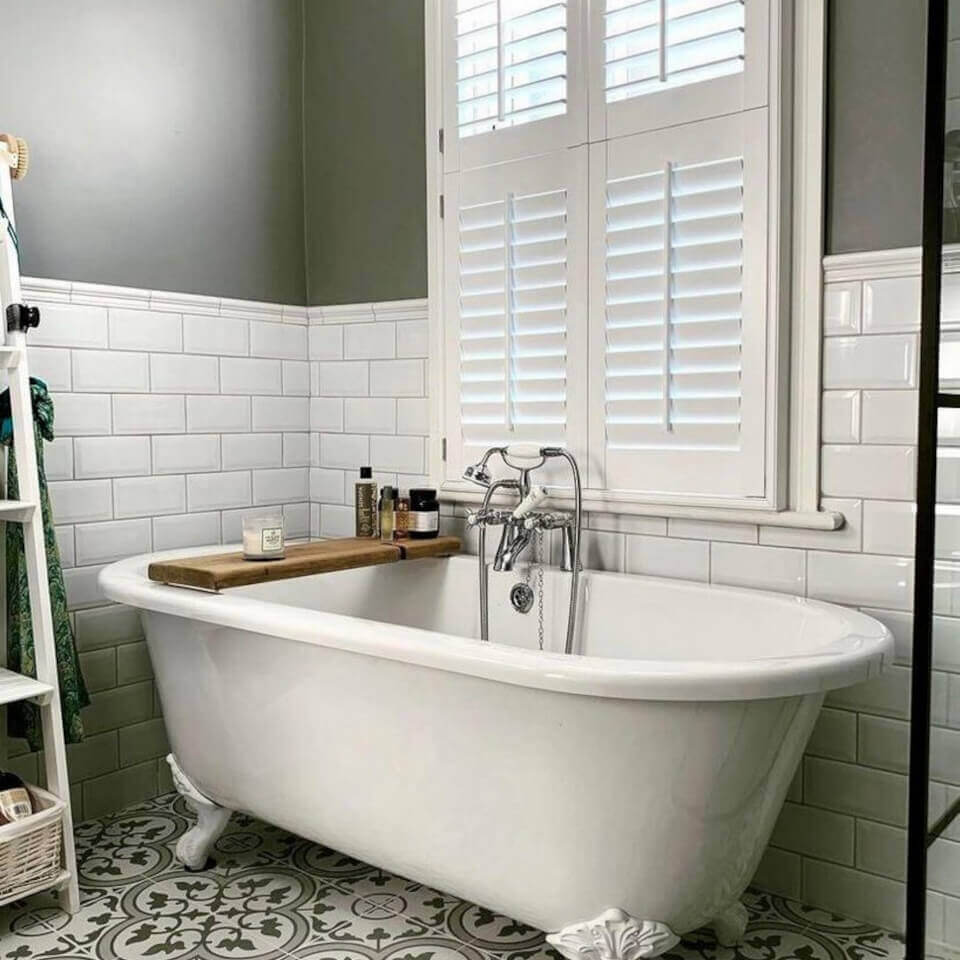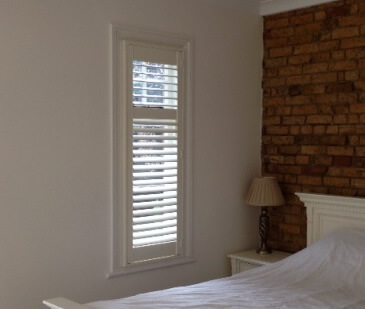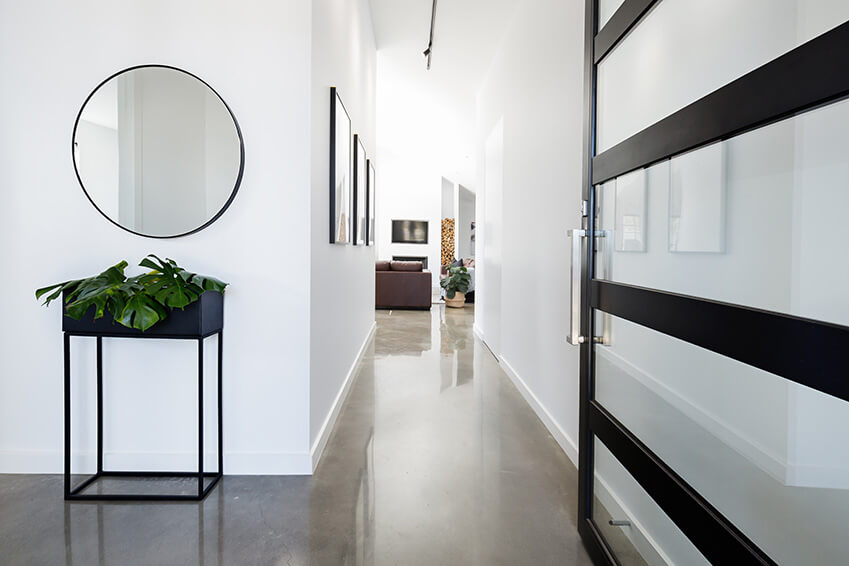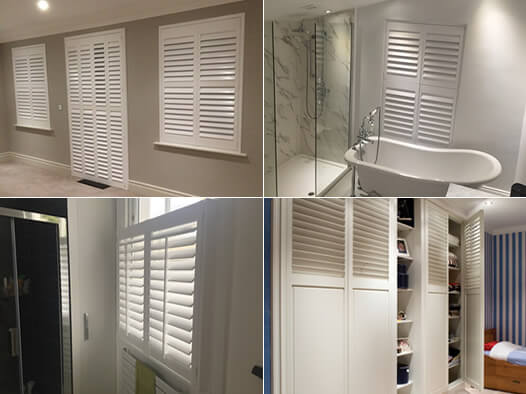Throughout history window shutters have played a vital feature of many historic homes and properties. Back in the medieval period when many windows were simply unglazed, wooden shutters were one of the top methods of keeping out the elements such as wind and rain, as well as keeping out birds, insects and other animals. Shutters were commonly fastened with bars and other secure methods, which indicate that they were also used as a form of protection against intruders. They were commonly found on ground floors of buildings such as public houses to protect window glass, which at the time was very expensive.
Very Early Shutters
There were many medieval buildings fitted with hinged shutters. A great early example is the Queen’s Chamber at Guildford Castle, which around 1245 had glazed windows with opening casements and internal shutters. Other notable buildings around this period had highly decorated shutters within the properties including hand painted royal arms and many that were oiled. There are some great examples that have survived the test of time, although many now only display the area to which they were hung. At this time many of the shutters were closed using iron, or wooden bars for security. Hinged or sliding shutters were originally used in timber-framed buildings. The hinged shutters could be opened upwards or sideways. The base of the shutter was normally kept in place using a separate timber nailed directly to the face of the wall. Less common were vertical sliding shutters which were used in rooms where space was restricted, or where a continuous run of windows was found.
17th Century Shutters
From the late 16th to the late 17th century there was increased usage of glazed windows used within homes and properties, which many believe stopped much of the usage of shutters. Many houses around this period had external shutters, although many surviving examples found in towns appear to date around the 18th century. One great example of 17th century shutters is found at the Commonwealth House in South Gloucestershire, dated 1686 and has shutters covering the entirety of its stone cross window which has unusual fastening methods and construction.
Georgian Period Shutters
Many Georgian properties have a strong association with window shutters, which was very common throughout the 18th century. Many of the internal shutters folded back into architraves to form the window reveals. The main design of the shutters is panelled leaves on the outer face to form the surrounds to the window. The number of leaves was depending on the width of the window. Two panelled leaves and one extra thick leaf is very common on shutters of this period. Apparently shutters were so popular in this period that specialist joiners were mass producing the main panelled leaves to standard sizes to be fitted to properties. Adjustment to the width was made on site by the people fitting the shutters. Sliding shutters were occasionally used, which either slid horizontally on one or both sides of the window, or rising vertically from the sill which are known as sash shutters. By the reign of Queen Victoria in 1837, curtains had become one of the major window dressings of the time and were seen as very fashionable. Because of this shutters started to become less popular in the grander houses and estates, but were still being used in smaller homes and remained popular well into the 1860s.
Get in touch!